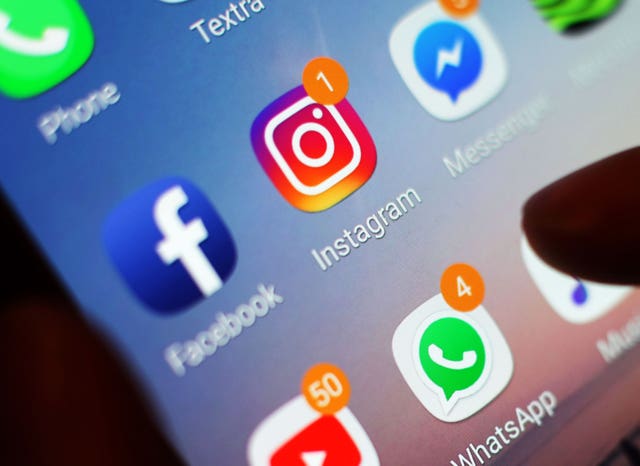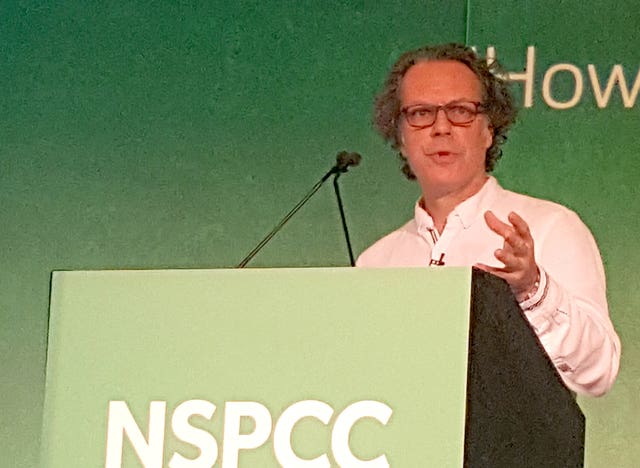
A 14-year-old British girl who took her own life after viewing harmful images on Instagram had entered a “dark rabbit hole of depressive suicidal content”, her father said.
Molly Russell killed herself in 2017 after viewing graphic content on the Facebook-owned platform.
Her father, Ian, said he believed Instagram was partly responsible for her death.
Speaking to BBC News, Mr Russell said: “I think Molly probably found herself becoming depressed.
“She was always very self-sufficient and liked to find her own answers. I think she looked towards the internet to give her support and help.

“She may well have received support and help, but what she also found was a dark, bleak world of content that accelerated her towards more such content.”
Mr Russell claimed the algorithms used by some online platforms “push similar content towards you” based on what you have been previously looking at.
He said: “I think Molly entered that dark rabbit hole of depressive suicidal content.
“Some were as simple as little cartoons – a black and white pencil drawing of a girl that said ‘Who would love a suicidal girl?’.
“Some were much more graphic and shocking.”
Mr Russell said he was “really pleased” that Instagram was taking a positive step forward in removing harmful posts.

Instagram said it had removed double the amount of material related to self-harm and suicide since the start of this year.
Between April and June 2019, it said it removed 834,000 pieces of content, 77% of which had not been reported by users.
But Mr Russell added: “It would be great if they could find a way to take down 10 times the number of posts and really reduce the potentially harmful content that is on their platform.”
Instagram boss Adam Mosseri said: “Nothing is more important to me than the safety of the people who use Instagram.
“We aim to strike the difficult balance between allowing people to share their mental health experiences – which can be important for recovery – while also protecting others from being exposed to potentially harmful content.”

Mr Mosseri said Instagram had expanded its policy to ban fictional self-harm or suicide content including memes and illustrations, and content containing methods or materials.
Mr Russell urged parents to speak with their children about what they are viewing online and how they are accessing it.
Andy Burrows, NSPCC head of child safety online policy, said that, while Instagram had taken “positive” steps, the rest of the tech industry had been “slow to respond”.
“That is why the Government needs to introduce a draft Bill to introduce the Duty of Care regulator by next Easter and commit to ensuring it tackles all the most serious online threats to children,” he said.


Why are you making commenting on The National only available to subscribers?
We know there are thousands of National readers who want to debate, argue and go back and forth in the comments section of our stories. We’ve got the most informed readers in Scotland, asking each other the big questions about the future of our country.
Unfortunately, though, these important debates are being spoiled by a vocal minority of trolls who aren’t really interested in the issues, try to derail the conversations, register under fake names, and post vile abuse.
So that’s why we’ve decided to make the ability to comment only available to our paying subscribers. That way, all the trolls who post abuse on our website will have to pay if they want to join the debate – and risk a permanent ban from the account that they subscribe with.
The conversation will go back to what it should be about – people who care passionately about the issues, but disagree constructively on what we should do about them. Let’s get that debate started!
Callum Baird, Editor of The National
Comments: Our rules
We want our comments to be a lively and valuable part of our community - a place where readers can debate and engage with the most important local issues. The ability to comment on our stories is a privilege, not a right, however, and that privilege may be withdrawn if it is abused or misused.
Please report any comments that break our rules.
Read the rules here